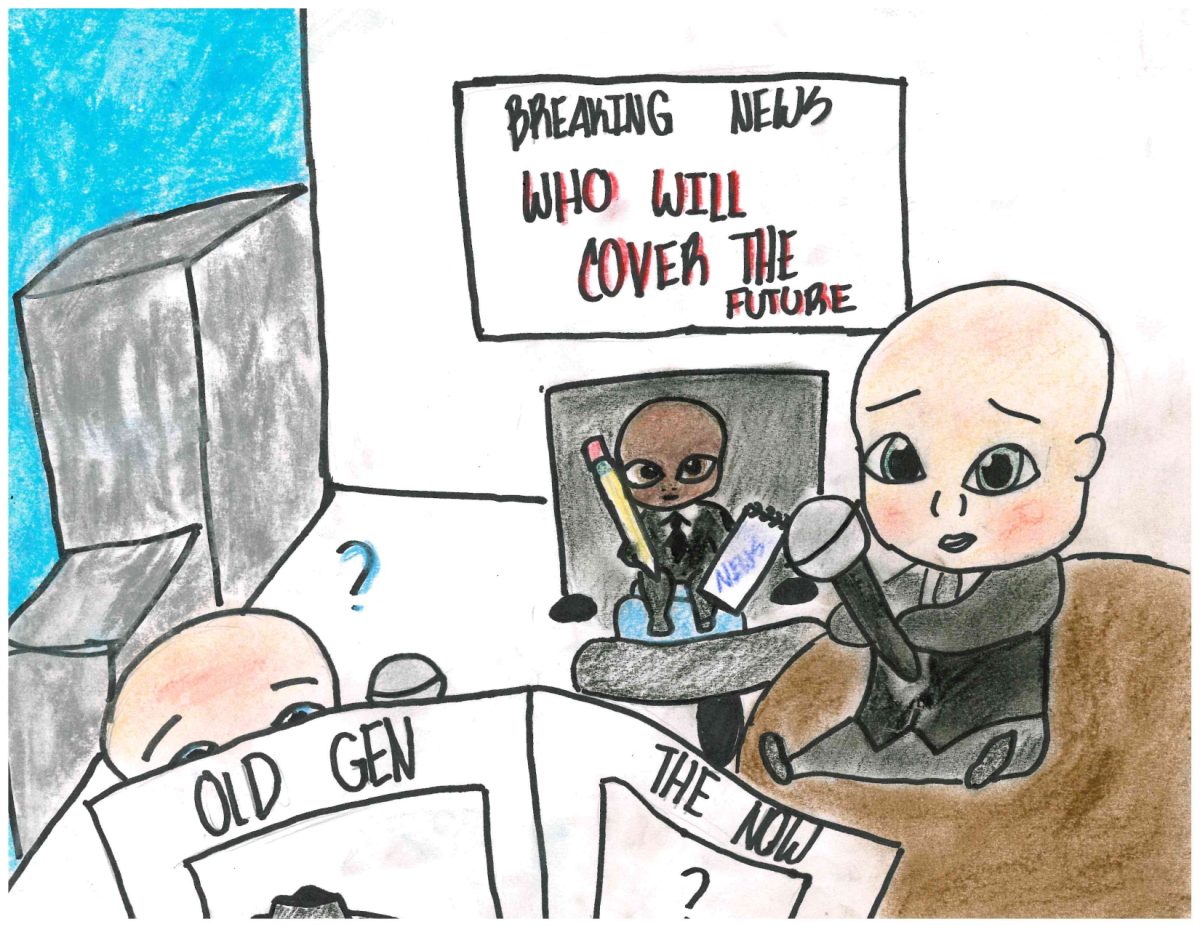“Did you hear Kourtney and Scott are back together?”
“TMZ said that Rihanna’s releasing an album in 2020!”
“I heard that Santa Claus ISN’T actually real!”
It’s impossible to live as a high school student without experiencing a rumor at some point or another.
Coupled with their presence throughout social media and in sources presenting themselves as news, rumors are ever-present in teens’ daily lives, too.
Often we may tell ourselves that we’re too mature for gossip or try to stay away from it, but seemingly innocent rumors can easily come to be construed as fact when they are not.
A lot of times rumors can seem like they are about something ambiguous, but can spread to encompass more.
This is why it can be harmful to spread misinformation in real life and online, especially when it comes to the serious issues.
For instance, the ransomware outbreak in the district created an environment where rumors were able to spread like a disease.
A lack of proper communication and understanding led to students of a neighboring school district to believe that, instead of personal data being held for ransom, Principal Sam Varano himself was being held for ransom.
It is evident that people improperly communicating what they know and what they speculate can lead to this type of misinformation.
For students, parents, teachers, and administrators alike, this presented a more challenging situation to comprehend. Though it may be easier to discredit the aforementioned rumor, it is much harder to find a clear answer to, say, the reason behind the attack or the method used to block access to data.
Without a clear answer, everyone was left at various levels of understanding of the situation.
These varying degrees of knowledge created a loop of rumors, and by proxy, misinformation.
A comparison between rumors and fake news can be drawn here. Most are familiar with the types of fake news stories seen online, and they too can gain traction and morph into something different before being disproved.
Though many instances of people contributing to this were likely unintentional, all led to a greater amount of noise surrounding the situation.
Ultimately, in spreading these rumors, we are our own victims. Creating a situation wherein it is harder to decipher what is actually occurring benefits nobody.
As with most rumors, those surrounding the ransomware situation were ultimately quashed. After the district released verifiable information, people were provided with a resource to check what they were hearing.
In contrast to the lack of veracity within the rumors, the information coming from the school district came from sources close to the situation. This distinguishes it as truthful and trustworthy.
While it does no good to place blame for situations like this, making an effort to stop rumor spreading can do no harm.
When situations like these occur, it serves the benefit of everyone to take what one hears with a grain of salt and wait for reliable information to draw conclusions or to speak definitively.
Rumors present challenge to ransomware interpretation
In an environment where the same 2,150 people see each other every day, rumors are bound to spread. Though they can be interesting to follow, especially in situations where many are concerned, rumors that are harmful create an echo chamber of misinformation in areas where we should all be well-informed.
0
More to Discover






